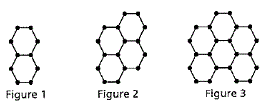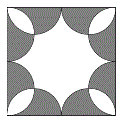Competitive Math Contents
The lessons and problem set for this program are designed to prepare students for various math competitions. The lower-level classes prepare and expose students to tackle problems which normally found in Math Olympiad, Math Challenge Tournament and Math Kangaroo. The upper-level classes will focus on MathCounts, AMC 8, and Math Olympiad types of problems.
These classes are only available in the summer.
Typical Schedule (Class Format)
Warm-up/Mental Math
Lessons on Topic
Guided Problems
Independent Exercises and Class Discussion
Break
Group/Team Challenge
Group Discussion
Short Problems/Cool Down
No homework except for unfinished classwork
Below is a short description for each level along with sample problems from the curriculum.
These classes are only available in the summer.
Typical Schedule (Class Format)
Warm-up/Mental Math
Lessons on Topic
Guided Problems
Independent Exercises and Class Discussion
Break
Group/Team Challenge
Group Discussion
Short Problems/Cool Down
No homework except for unfinished classwork
Below is a short description for each level along with sample problems from the curriculum.





